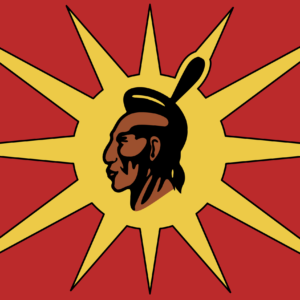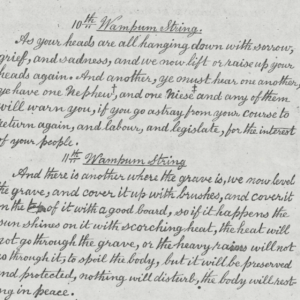
In December of 2009 a serious car accident shut down Chiefswood Road for an entire day. A young woman got behind the wheel of her SUV heavily intoxicated and angry.
A short time later the driver lost control of the vehicle and crashed into a tree going way too fast. The driver and front passenger were ejected from the vehicle. One of the rear passengers was wearing a seatbelt and was killed instantly. His name was Jeremy.
Following the accident a photographer from a local paper took pictures of the crash investigators and the scene. That week those photos were front page news. Jeremy’s mother was still grieving her boy when she saw those photos on display— placed on the store counter between the gum and the lottery tickets — selling for a dollar a piece. It was an unnecessary violation of privacy.
While we do occasionally publish photos sent to us to assist our storytelling, TRT doesn’t send reporters to capture images from the scene of an accident as it is unfolding.
But we have seen a disturbing trend lately— increasingly gruesome photos of unfolding crisis scenes from Six Nations emerging on social media. The internet has a word for this: trauma porn.
As far as official photography at the scene of an accident, crime or fire — there are professional standards that apply. The Journal of Emergency Services says all scene photography done by EMS workers should only be done with equipment owned by the service and that departments should restrict photography by workers on their private cell phones.
Six Nations Fire Chief Matt Miller says there are similar regulations on Six Nations. First responders are not permitted to take personal photos at the scene of a crisis. Miller says that while occasionally photos are officially released to media by the service — the only photo or video taken at the scene by Six Nations firefighters are those captured for “supervisory and investigative purposes”.
Miller says the Six Nations Police and Emergency Responders work together at the scene of an accident or fire with first responders securing the “hot zone” and tending to victims and mitigating the crisis while Six Nations Police secure the scene to protect the safety and privacy of those present.
Miller says restricting media and public photography is a hard thing to control in a society filled with smartphones and quick internet access. First responders at a scene do not prioritize who is snapping pics, nor should they.
Controlled release of official images by first responders to media has a purpose. For example: local police send us photos of wanted individuals when they need help from the public. Fire officials need to educate the community about things like a suspected arsonist and as a media company we know that photos convey powerful messages when words fail.
But there needs to be community protections in place so that while Six Nations first responders are doing their jobs — victims of a crisis are not objectified in the spirit of voyeurism. It’s not okay to exploit victims at the scene of a crisis by taking photos — even if those photos are not being shared by anyone.






